#Bdx17 from barrel: Sauternes & Barsac
Posted on May 23, 2018
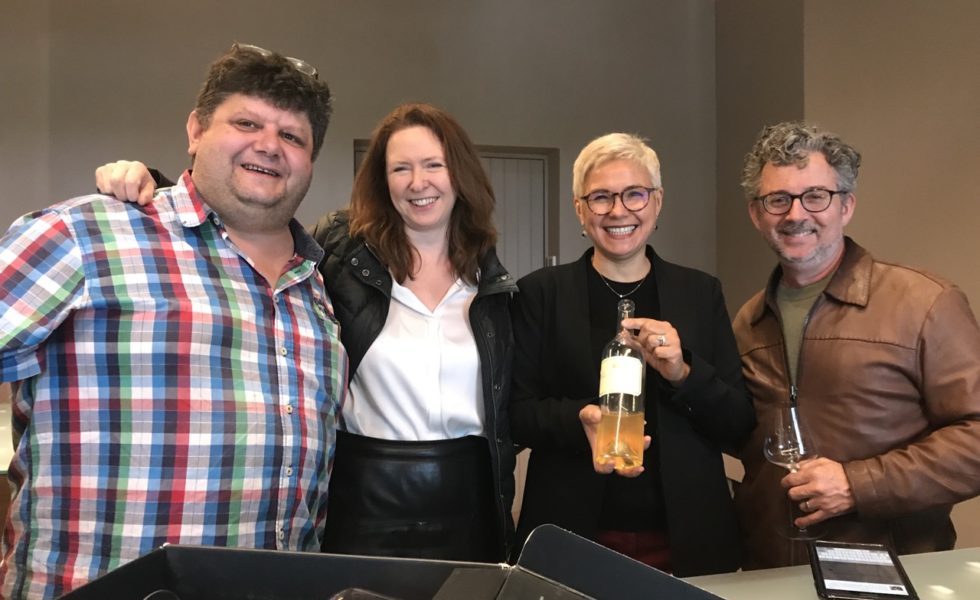
Residual sugar to the max?
By Panos Kakaviatos for wine-chronicles.com
23 May 2018
I am not sure about the overall quality of Sauternes and Barsac in 2017. Some critics have oohed and ahhed about the richness of these wines, including the super star Château d’Yquem. But I am a fan of late-harvest Bordeaux that have more verve and energy. 2017 is a vintage of richness to be sure. The balance tends towards higher-than-average residual sugars but just average to low acidities. There is ample botrytis, for most of the wines, which is a good thing.
Add to all that the issue of frost. As with other parts of Bordeaux, lower areas were the worst hit. The famous estate Château Climens in Barsac opted out of the vintage entirely. Some properties however were spared, especially warmer and more precocious vineyards: Yquem, to take a notable example, among others.
The rather hot and dry summer led to already ripe grapes by mid-August. But here’s the catch: For many, the botrytis came a bit (too) late, resulting in concentrations “at times even too much” remarked noted harvest observer (and Sauternes promoter) Bill Blatch. Indeed, at Château d’Yquem, chief winemaker and cellar master Sandrine Garbay said that the main challenge was picking grapes with enough botrytis, but not with too low relative acidity.
Some estates did better than others. Cooler terroirs in Barsac not as hit by frost seemed to convey more vivacity, as expected, and wines like Château Doisy Daëne and Château Coutet count among my favorites in 2017. Read More
#Bdx17: The Médoc, part II
Posted on May 21, 2018
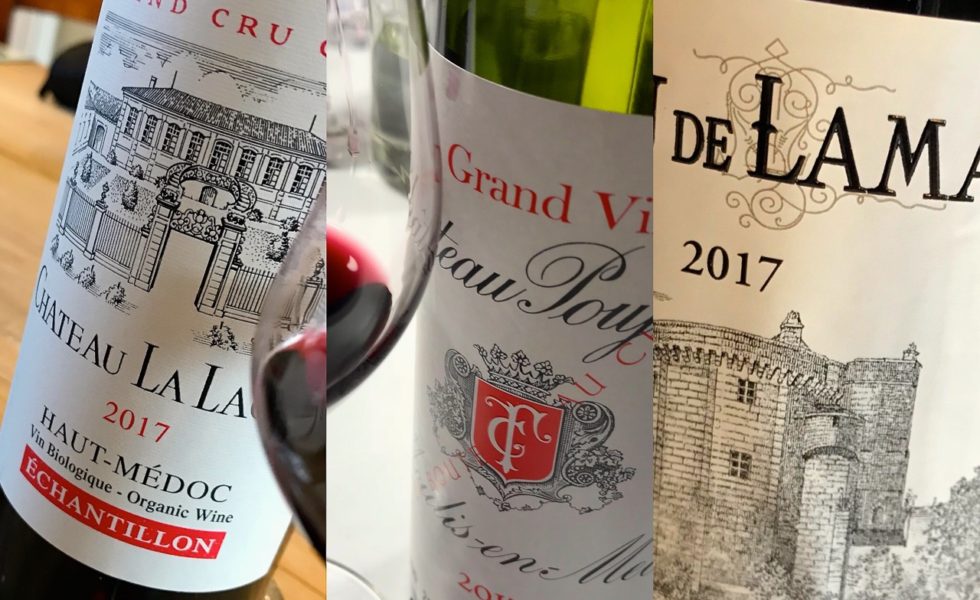
Assessing Haut-Médoc, Listrac-Médoc and Moulis-en-Médoc
By Panos Kakaviatos for wine-chronicles.com
21 May 2018
This section on #Bdx17 from barrel focuses on three Médoc appellations not as famous as those in Part I but known for quality wines at generally lower prices.
Certain wines here indeed could constitute bargains… in the longer run. And as we saw with Part I, most of these “see the river” but this is not a hard and fast rule, as you can read in the tasting notes ?.
My overall favorite in this section? Château La Lagune. It retails for about $50 in futures. I suppose that is on the high side, taking into account taxes and delivery charges, but it did very well in 2017.
Château Cantemerle is a close second place. But one of the wines that really excelled, for its caliber, was Château de Lamarque, whose price as of this writing is not yet released. I suspect it will be lower than that of either Cantemerle or La Lagune, both of which are “classified growths” of already celebrated reputations.
Already Château Poujeaux – the best of the Moulis-en-Médoc I tasted from barrel – has been released for a rather reasonable $30.
In any case, these brands are readily available off-the-shelf in bottle in earlier vintages, some more successful than 2017, and for similar pricing. So no urgent need to tie up your money up for two or three years before you get the 2017s. This is not a speculative vintage. The 2015s and 2014s, both fine vintages, are available now.
Whatever you decide, it is important to note how these 2017s performed, for future reference.
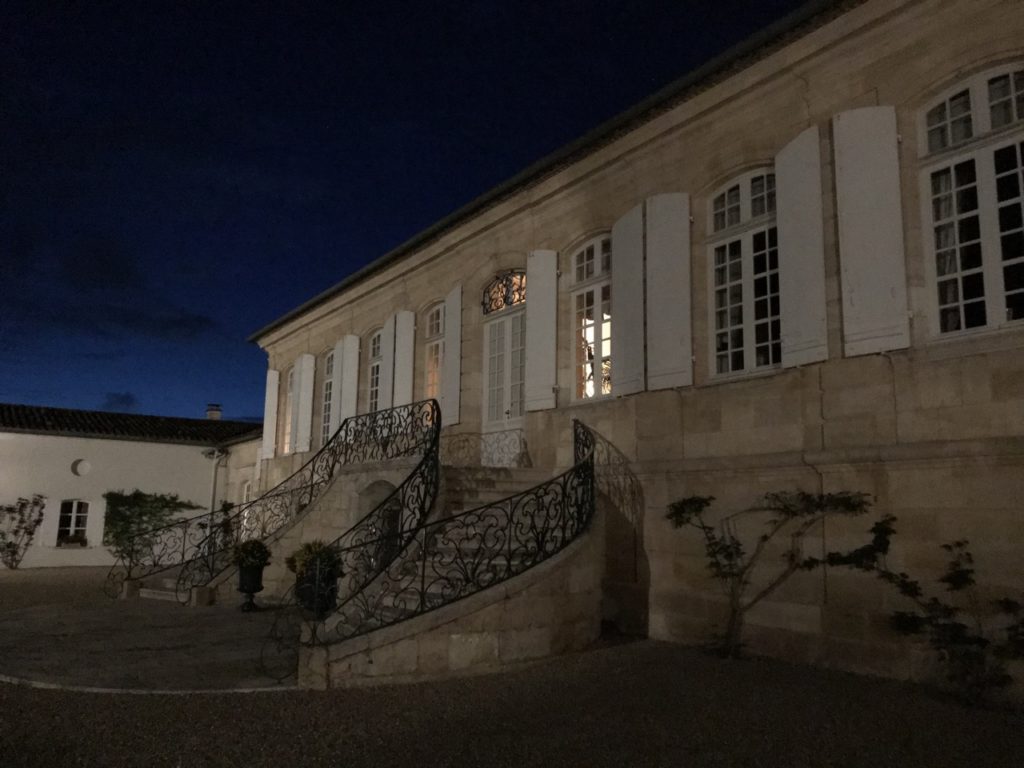
The elegant facade of Château La Lagune by night. The estate produced arguably the best AOC Haut-Médoc wine in 2017.
In order of preference for each appellation, with the usual preference for wines in bold. And, if red and bold, even more. Read More
Bravo Heart’s Delight!
Posted on May 18, 2018
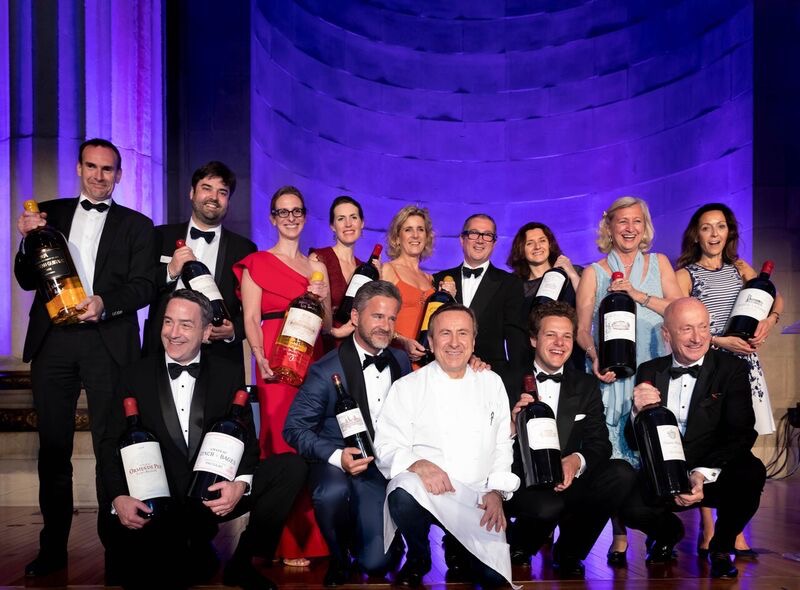
Record-breaking $1.8 million raised to fight against cardiovascular disease and stroke
From press releases – 18 May 2018
For the 19th year in a row, Washington D.C. was all a (wine) buzz with the 19th Annual Heart’s Delight Wine Tasting & Auction.
After four days earlier this month of gourmet dinners, wine tastings and exciting auctions, this year’s event raised over $1.8 million for the American Heart Association, making it the most successful Heart’s Delight’s event to date.
Heart’s Delight gathered master winemakers, culinary greats and other distinguished guests to the capital of the United States. The four-day celebration of exceptional food and wine benefits the American Heart Association.
With this 19th edition of generosity from around the world, Heart’s Delight has raised nearly $22 million for the American Heart Association so far.
Highlights from the live auction this year included the following:
- Thibault Pontallier of Château Margaux on stage presenting a Jeroboam Château Margaux 2005, which sold for $42,000;
- Hervé Berland of Château Montrose on stage presenting an Imperial Château Montrose 2010, which sold for $18,000;
- Famous chef Daniel Boulud on stage presenting a surprise lot – dinner for 10! – which sold for $22,000;
- A 12-bottle Château Margaux 1983 (in original wooden box) vintage lot, which sold for $28,000. And that vintage is just amazing!
Graves in red and white #Bdx17
Posted on May 18, 2018
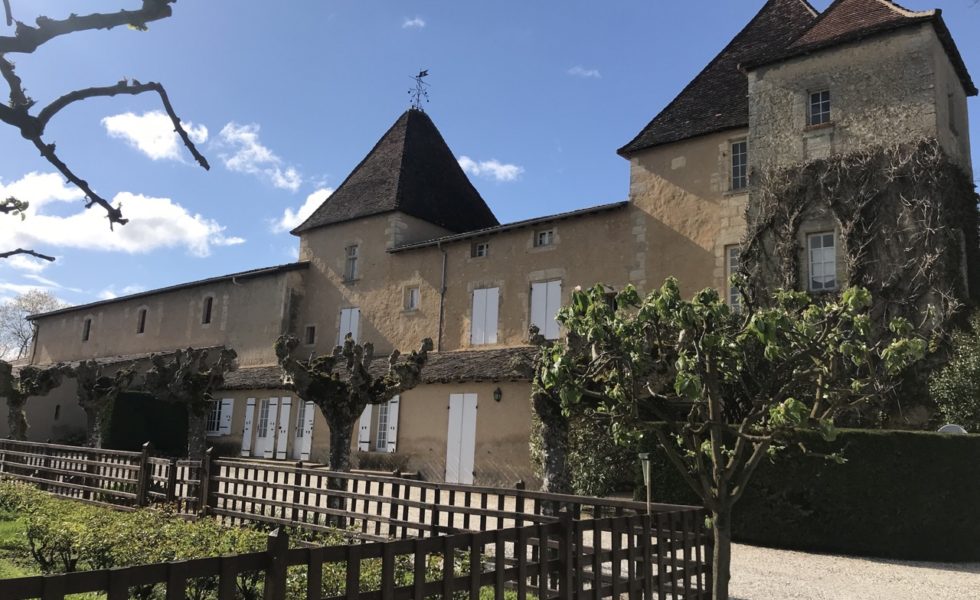
Some very fine reds, some even finer whites
By Panos Kakaviatos for wine-chronicles.com
18 May 2018
For your mid May weekend reading, my notes on barrel samples – red and white – of Bordeaux’s famous Graves region. They are Left Bank, but to the south of the Médoc.
In the Pessac area, it was generally warmer – and generally better for 2017, as grapes ripened more easily in the somewhat sunless (albeit generally dry) summer. And – at the precocious terroirs of Haut Brion and La Mission Haut Brion – the Merlots were mostly harvested before the September rains fell: quite an advantage, as you will read.
A few wines here count among the best of 2017. A few others, such as Château de Fieuzal, were absent due to frost.
Any wine fan should sympathize with the owners, and hope that 2018 will be great, especially for them. Many producers had to avoid selecting grapes from frost-struck vines. So quality varied as expected… I am sorry to have missed Château Les Carmes Haut Brion, which apparently counts among the best of the reds, according to many people who tasted it.
Generally speaking, I was more impressed by the whites, which were very good to excellent.
Most all wines reviewed here come from the northern Graves appellation of Pessac-Léognan.
Without further ado, wines in bold, I liked in particular. Those red and bold, even more. And if underlined, too, a kind of barrel tasting nirvana. Please recall that these are barrel samples. Final notes can come with more confidence once the wines are in bottle and sold as final products… Read More
#Bdx17 from barrel: The Médoc, part I
Posted on May 16, 2018
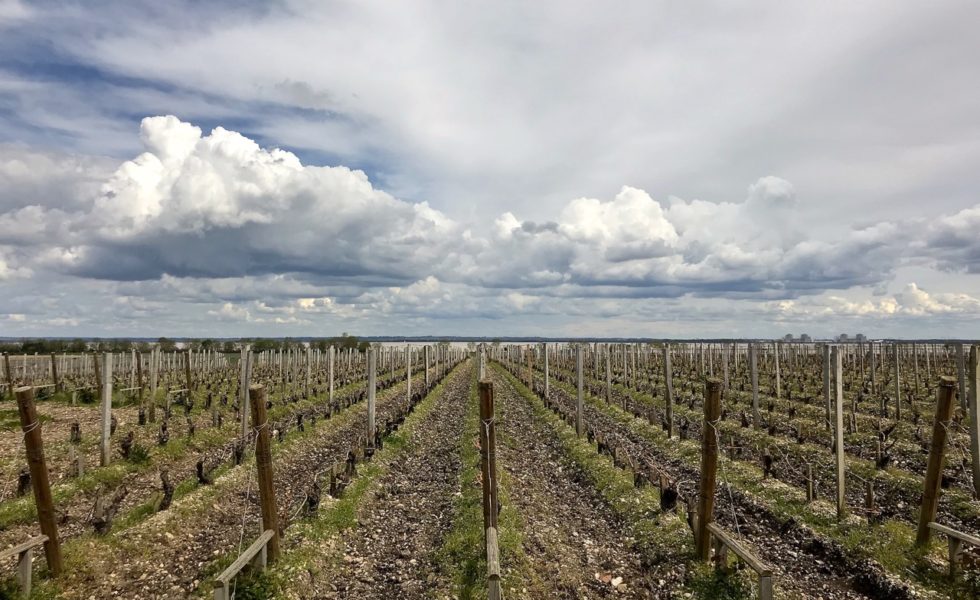
Pauillac – Saint Julien – Saint Estèphe
By Panos Kakaviatos for wine-chronicles.com
17 May 2018
As said in previous reports, Bordeaux 2017 is hard to categorize. Despite attempts at “buzz” from collective critical scores on the likes of Wine Lister, and merchants hyping the latest priced barrel issue, it is not exactly 10 hours of crickets chirping, but it is not a mad rush to buy, either.
Given recent releases, I wonder sometimes if châteaux so far are getting prices “right”. The dollar may be stronger now, sure, but so far prices have not gone down to 2014 levels: that’s where many merchants (logically) expect them to be. Sure, some estates made great wine in 2017. But overall, this is a vintage that calls for careful pricing.
As one influential merchant from the U.S. told me this month: “I am not taking orders from Bordeaux negociants, but taking orders from clients and then – based on those orders – buying from Bordeaux,” he said. “This is not 2015 or 2016.”
Whatever the case may be, here some of my reflections on three exciting appellations from the northern Médoc. The Médoc, part I thus covers Pauillac, Saint Julien and Saint Estèphe. Part II covers the Moulis, Listrac and Haut Médoc appellations. Part III will cover Margaux. So stay tuned …
Pauillac
Like other parts of the Médoc, properties with higher terroirs, closer to the river and with heat retaining gravel tended to do best in 2017. They had less or zero frost problems and ripened grapes better given the somewhat sunless albeit generally dry summer. More optimally draining soils dealt better with September rains, although nowhere were these rains welcome.
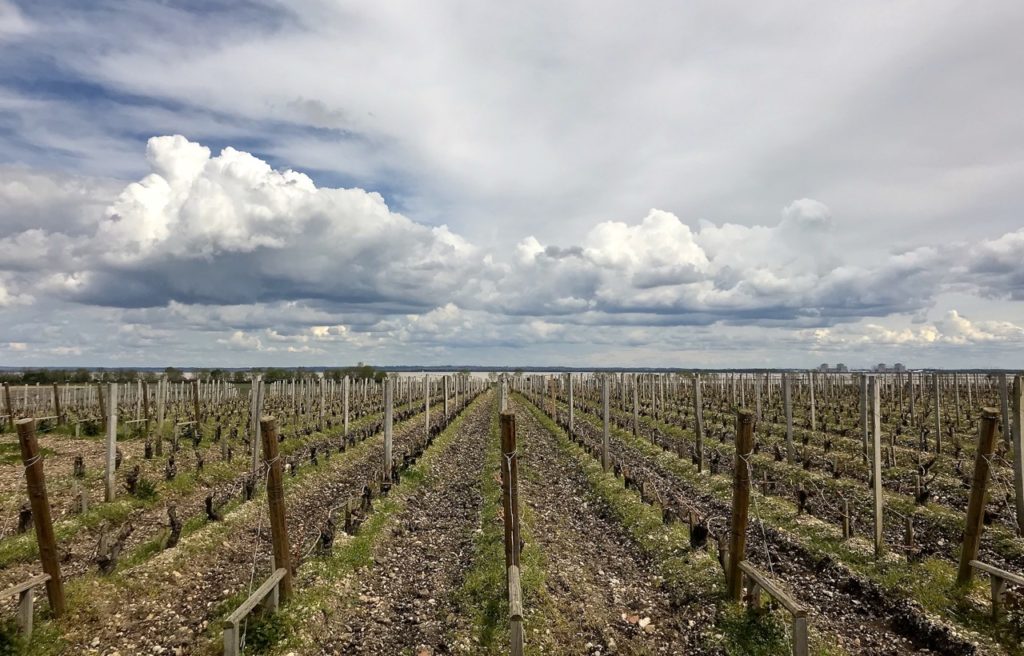
Could you see the river? If so, a distinct advantage against 2017 frost. Photo from the vineyard of Château Meyney in Saint Estèphe
I did not get to taste three of my favorite Pauillacs (Pichon Baron, Pontet Canet and Grand Puy Lacoste) this time around. I heard that they were all very good, but will catch up later this year, so look for an update.
Meanwhile, it was good to assess the three first growths as well as such celebrated wines as Lynch Bages and Pichon Comtesse, as these two count as top wines from 2017. Although most did not reach the heights of 2016, Pauillac as a whole seems to have performed very well indeed.
Top Pauillacs that I tasted include Lafite* as number one, followed by Latour, Mouton, Pichon Comtesse and Lynch Bages. As said, I missed the tastings for Pontet Canet, Pichon Baron and GPL, but this will be updated. Read More
 Wine Chronicles
Wine Chronicles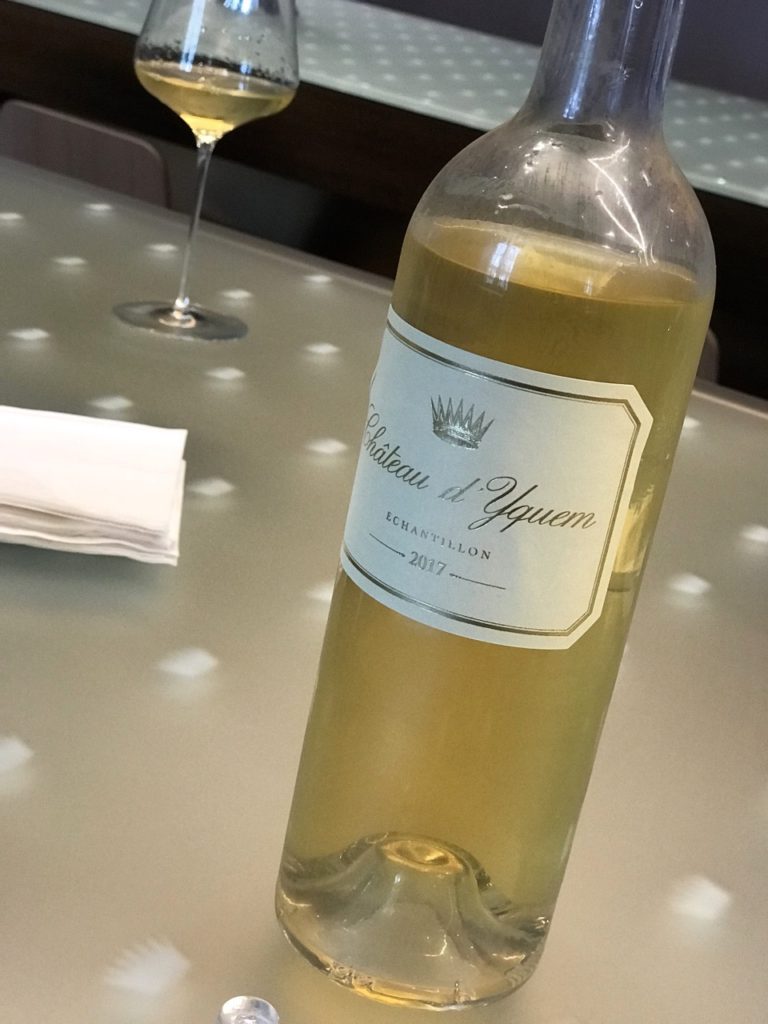
Recent Comments